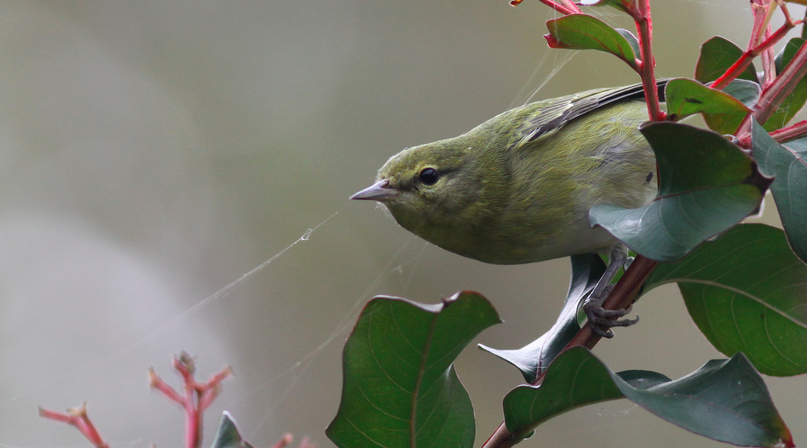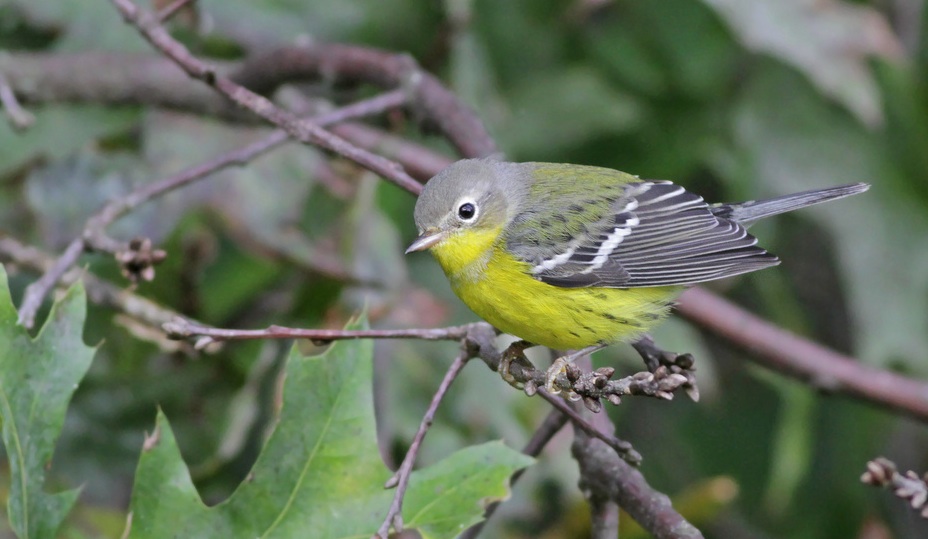
Continental Summary
Moderate and some locally heavy migration was heavily featured across the continent during the past week, with the West seeing pulses of Northern Shoveler, Northern Pintail, Green-winged Teal, Solitary Sandpiper, Pectoral Sandpiper, and Orange-crowned Warbler among other migrants and the East seeing movements including Piping Plover, Solitary Sandpiper, Caspian Tern, Chestnut-sided Warbler, Magnolia Warbler, and Baltimore Oriole.
Need a review of our definitions for regions, species on the move, and migration amounts? Please visit this link.
Quick Links to Regions
Upper Midwest and Northeast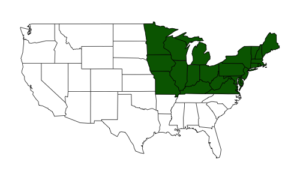 |
Gulf Coast and Southeast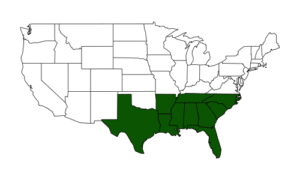 |
Great Plains |
West |
Upper Midwest and Northeast
Consistent moderate flights were the norm for this period, with both coastal and inland locations experiencing good movements of birds. Coastal flights were more prominent early and late in the period (e.g. Saturday, Thursday), whereas inland flights were more prominent in the middle of the period (e.g. Tuesday, Wednesday). These movements were associated with the passage of a frontal boundary last weekend that cleared the air, so to speak, and brought drier, generally cooler conditions with more favorable northerly and westerly winds for several days and nights.
Top Movers
Increasing
| Species | Increase from Last Week | % of Checklists Reporting |
|---|---|---|
| Magnolia Warbler 400% 7.4 | ||
| Tennessee Warbler 242% 6.5 | ||
| Chestnut-sided Warbler 148% 10.2 | ||
| American Redstart 85% 16.5 | ||
| Blackburnian Warbler 115% 4.8 | ||
| Wilson's Warbler 326% 1.9 | ||
| Black-and-white Warbler 81% 11.5 | ||
| Nashville Warbler 123% 3.9 | ||
| Canada Warbler 90% 5.3 | ||
| Swainson's Thrush 267% 1.7 | ||
| Warbling Vireo 73% 7.7 | ||
| Blue-gray Gnatcatcher 52% 14.7 | ||
| Black-throated Green Warbler 99% 4.1 | ||
| Bay-breasted Warbler 443% 1 | ||
| Cape May Warbler 253% 1.6 | ||
| Least Flycatcher 78% 4.1 | ||
| Blackpoll Warbler 492% 0.9 | ||
| Blue-winged Warbler 79% 3.4 | ||
| Prairie Warbler 121% 2.2 | ||
| Common Nighthawk 43% 4 | ||
| White-breasted Nuthatch 17% 32.3 | ||
| Red-eyed Vireo 28% 21 | ||
| Philadelphia Vireo 162% 0.9 | ||
| Golden-winged Warbler 95% 1.4 | ||
| Ovenbird 65% 4.7 |
Decreasing
| Species | Decrease from Last Week | % of Checklists Reporting |
|---|---|---|
| Piping Plover -50% 0.6 | ||
| Solitary Sandpiper -29% 5.3 | ||
| Eastern Kingbird -22% 14 | ||
| Purple Martin -28% 3.8 | ||
| Indigo Bunting -23% 8.5 | ||
| Spotted Sandpiper -21% 10.8 | ||
| Red-winged Blackbird -22% 14.4 | ||
| Song Sparrow -16% 26.3 | ||
| Least Tern -25% 2 | ||
| Black-crowned Night-Heron -24% 2.4 | ||
| Golden-crowned Kinglet -47% 0.4 | ||
| Pectoral Sandpiper -33% 3.8 | ||
| Dickcissel -65% 0.2 | ||
| Louisiana Waterthrush -67% 0.1 | ||
| Barn Swallow -11% 29.1 | ||
| Hermit Thrush -55% 0.3 | ||
| Purple Finch -28% 1.3 | ||
| Red-breasted Nuthatch -18% 3.3 | ||
| Willow Flycatcher -30% 1.3 | ||
| Red-necked Phalarope -43% 0.4 | ||
| Ruddy Turnstone -25% 2.4 |
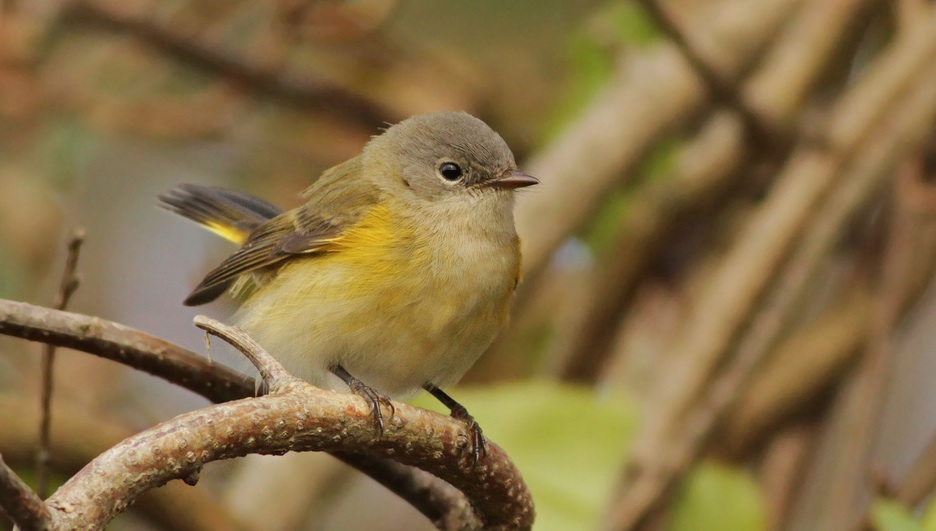
Gulf Coast and Southeast
Moderate movements, peaking on Tuesday night with the passage of a frontal boundary, highlighted the week in the region. Some of the flights, particularly in the southern Appalachians and even in the coastal Carolinas, were locally heavy, as birds departed in favorable winds.
Top Movers
Increasing
| Species | Increase from Last Week | % of Checklists Reporting |
|---|---|---|
| Chestnut-sided Warbler 421% 3.3 | ||
| Baltimore Oriole 605% 2.8 | ||
| Red-eyed Vireo 66% 11.8 | ||
| Blue-winged Teal 70% 5.6 | ||
| Northern Parula 70% 10.1 | ||
| Eastern Wood-Pewee 45% 9.5 | ||
| Ovenbird 204% 1.6 | ||
| Black-and-white Warbler 60% 6.7 | ||
| Northern Waterthrush 123% 2.6 | ||
| Mourning Warbler 839% 0.8 | ||
| American Redstart 66% 6 | ||
| Blackburnian Warbler 608% 1.2 | ||
| Canada Warbler 304% 1.9 | ||
| Yellow-throated Vireo 59% 3.5 | ||
| Black-throated Green Warbler 146% 1.7 | ||
| Yellow-bellied Flycatcher 384% 1.2 | ||
| Hooded Warbler 54% 4.1 | ||
| Red-headed Woodpecker 48% 6.1 | ||
| White-eyed Vireo 21% 16.1 | ||
| White-breasted Nuthatch 30% 10.6 | ||
| Worm-eating Warbler 65% 1.9 | ||
| Pine Warbler 31% 6 | ||
| Bobolink 153% 0.6 |
Decreasing
| Species | Decrease from Last Week | % of Checklists Reporting |
|---|---|---|
| Swallow-tailed Kite -80% 0.2 | ||
| Magnificent Frigatebird -53% 0.5 | ||
| Marbled Godwit -54% 0.8 | ||
| Tricolored Heron -23% 8.6 | ||
| Least Tern -34% 2.7 | ||
| Willet -22% 5.6 | ||
| Long-billed Dowitcher -46% 0.6 | ||
| Royal Tern -19% 5.4 | ||
| Ruddy Turnstone -21% 3.6 | ||
| Bushtit -79% 0 | ||
| Gull-billed Tern -42% 0.6 |
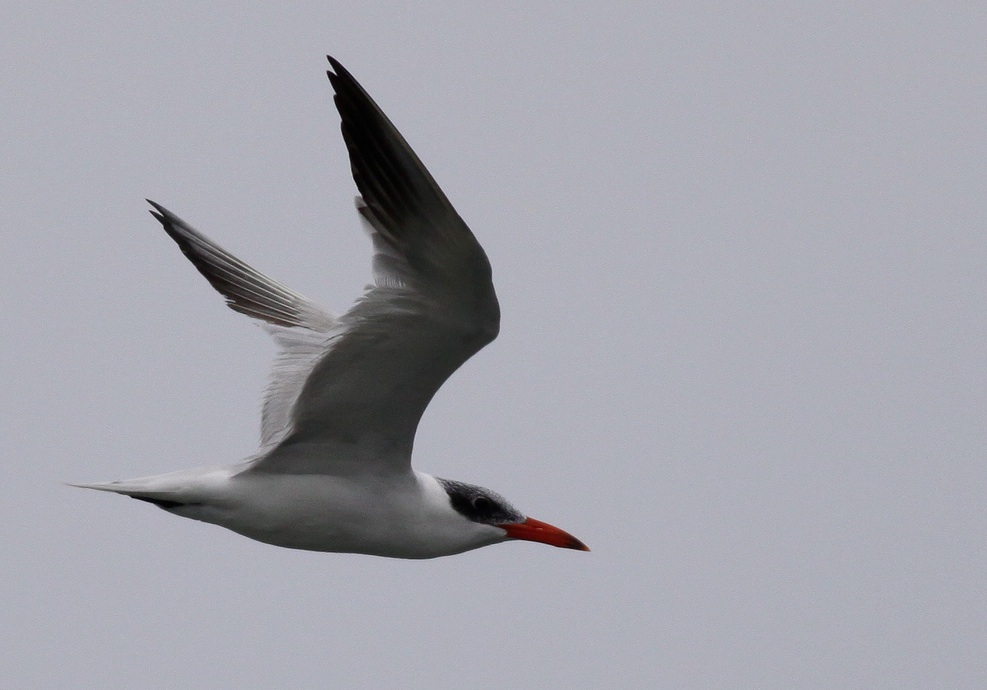
Great Plains
A pulse of moderate to locally heavy flights on Saturday night was the migration highlight of the week. As low pressure moved east across the region, birds took flight in changing winds after its passage. However, after the initial departure wave on Saturday night, movements decreased substantially over the remainder of the period as less favorable winds built in with the arrival of high pressure. As the high pressure center drifted further east, some birds took flight in marginal and slightly favorable winds with light to moderate movements to end the week.
Top Movers
Increasing
| Species | Increase from Last Week | % of Checklists Reporting |
|---|---|---|
| Bald Eagle 48610% 14.6 | ||
| Tennessee Warbler 443% 6.7 | ||
| Chestnut-sided Warbler 274% 5 | ||
| Ovenbird 455% 4.5 | ||
| Caspian Tern 351% 5 | ||
| Northern Waterthrush 279% 2.5 | ||
| Warbling Vireo 120% 12.4 | ||
| Purple Finch 325% 2.2 | ||
| Mourning Warbler 129% 3.5 | ||
| Wilson's Warbler 90% 5.9 | ||
| Magnolia Warbler 160% 2.2 | ||
| American Redstart 69% 7.3 | ||
| Rose-breasted Grosbeak 78% 6.7 | ||
| Swainson's Thrush 134% 2.6 | ||
| Philadelphia Vireo 228% 1.5 | ||
| Nashville Warbler 205% 1.6 | ||
| Least Flycatcher 42% 11.2 |
Decreasing
| Species | Decrease from Last Week | % of Checklists Reporting |
|---|---|---|
| Pectoral Sandpiper -48% 4.9 | ||
| Willet -62% 1.3 | ||
| Painted Bunting -91% 0.2 | ||
| Yellow-billed Cuckoo -37% 5.7 | ||
| Semipalmated Plover -57% 2.2 | ||
| Spotted Sandpiper -39% 9.1 | ||
| American Avocet -58% 4.4 | ||
| Indigo Bunting -29% 10.1 | ||
| Least Sandpiper -35% 7.7 | ||
| Eastern Towhee -63% 0.7 | ||
| Buff-breasted Sandpiper -50% 1.8 | ||
| Purple Martin -28% 5.6 | ||
| Black-bellied Plover -65% 1.6 | ||
| Turkey Vulture -22% 22.4 | ||
| American White Pelican -39% 6.8 | ||
| Great Egret -29% 14.1 | ||
| Dickcissel -24% 8.7 | ||
| Black-crowned Night-Heron -55% 2.1 | ||
| Cliff Swallow -25% 9.9 | ||
| Eastern Wood-Pewee -22% 7.4 | ||
| Marsh Wren -54% 0.6 |

West
The West saw a week of scattered light to moderate movements in many areas. Some flights were even locally heavy, particularly those east of the Rockies in Colorado on Saturday night. Note that this area experienced similar favorable conditions to the adjacent Great Plains (where movements of similar intensity occurred). Scattered precipitation on Tuesday and Wednesday nights quieted the scene in portions of the Desert Southwest and Four Corners region, before more extensive moderate flights returned for many areas in the Rockies to end the period.
Top Movers
Increasing
| Species | Increase from Last Week | % of Checklists Reporting |
|---|---|---|
| Pectoral Sandpiper 97% 2 | ||
| Orange-crowned Warbler 26% 11.7 | ||
| Northern Shoveler 32% 7.5 | ||
| Northern Pintail 37% 4.9 | ||
| Green-winged Teal 20% 7.3 | ||
| Solitary Sandpiper 33% 3.6 | ||
| Warbling Vireo 24% 7.7 | ||
| American Coot 18% 12.2 | ||
| Western Tanager 23% 12.1 | ||
| Common Yellowthroat 17% 13.2 | ||
| Townsend's Warbler 19% 4.2 | ||
| Yellow Warbler 15% 17.5 | ||
| Swainson's Thrush 41% 3.4 | ||
| Red-necked Phalarope 24% 4.4 | ||
| Song Sparrow 13% 23.6 | ||
| Baird's Sandpiper 17% 4.4 | ||
| American Wigeon 31% 2.2 | ||
| Gray Catbird 24% 3.7 | ||
| Wilson's Warbler 9% 16.3 |
Decreasing
| Species | Decrease from Last Week | % of Checklists Reporting |
|---|---|---|
| Common Nighthawk -43% 1.6 | ||
| Cassin's Sparrow -58% 0.2 | ||
| Eastern Kingbird -30% 2.8 | ||
| Cattle Egret -50% 0.5 | ||
| Snowy Plover -55% 0.6 | ||
| Eastern Meadowlark -69% 0.1 | ||
| Cliff Swallow -25% 5.2 | ||
| Upland Sandpiper -72% 0.1 | ||
| Red-faced Warbler -56% 0.2 | ||
| Painted Redstart -32% 0.7 | ||
| Western Wood-Pewee -16% 9.6 | ||
| Caspian Tern -18% 7.3 | ||
| Olive Warbler -69% 0.1 | ||
| Bullock's Oriole -24% 2.8 |
–––––––––––––––––––––––––––––––––––
Farnsworth and Van Doren

